Analysis: Ban on “speech” for private art in Bloomington public right-of-way
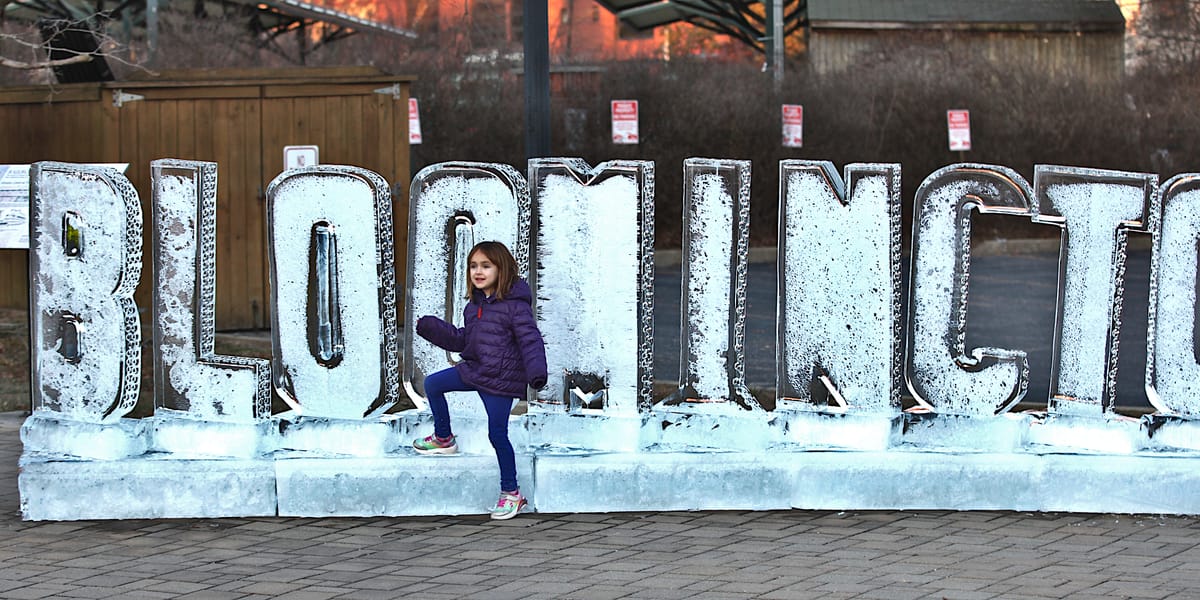
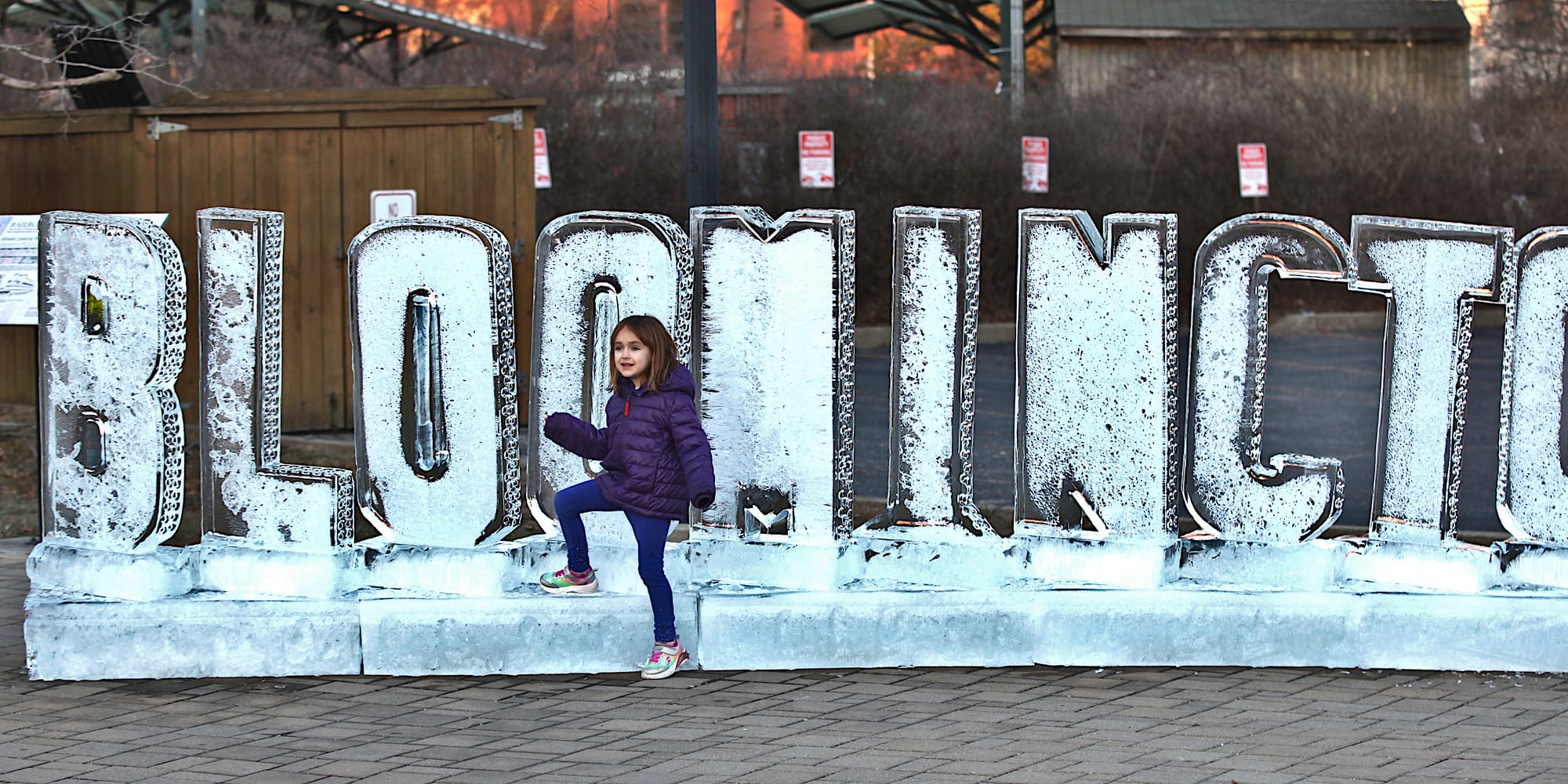
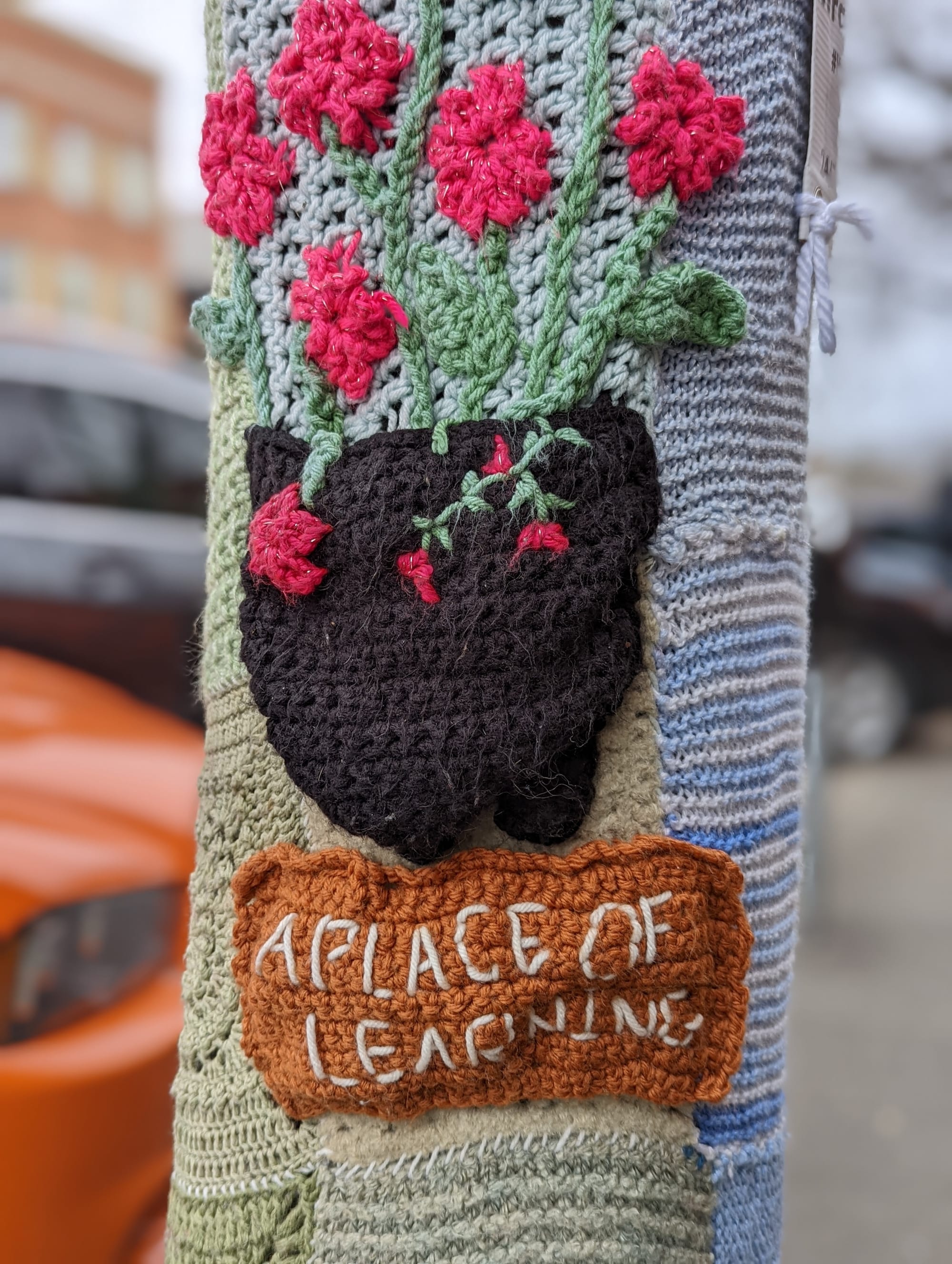
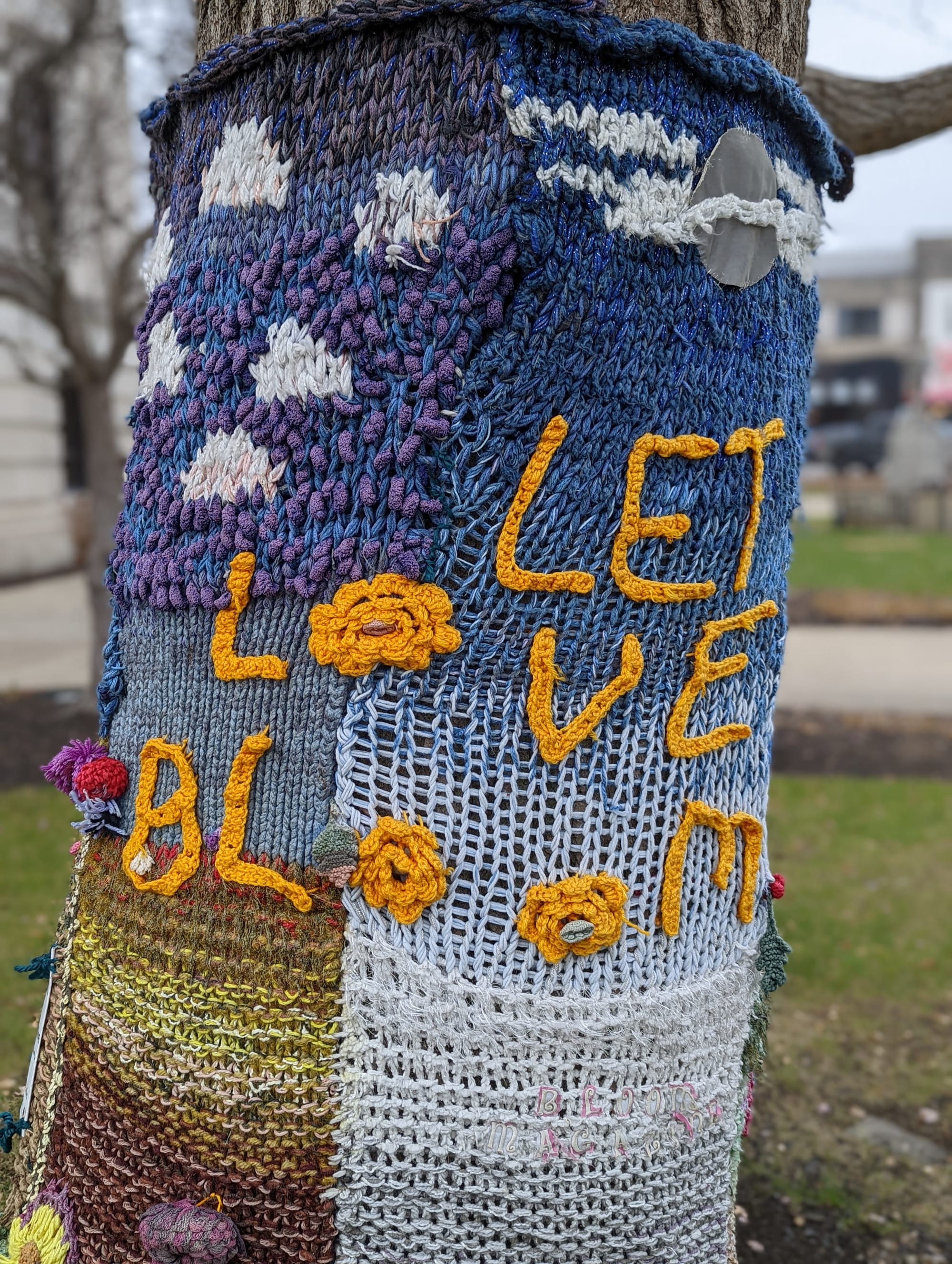
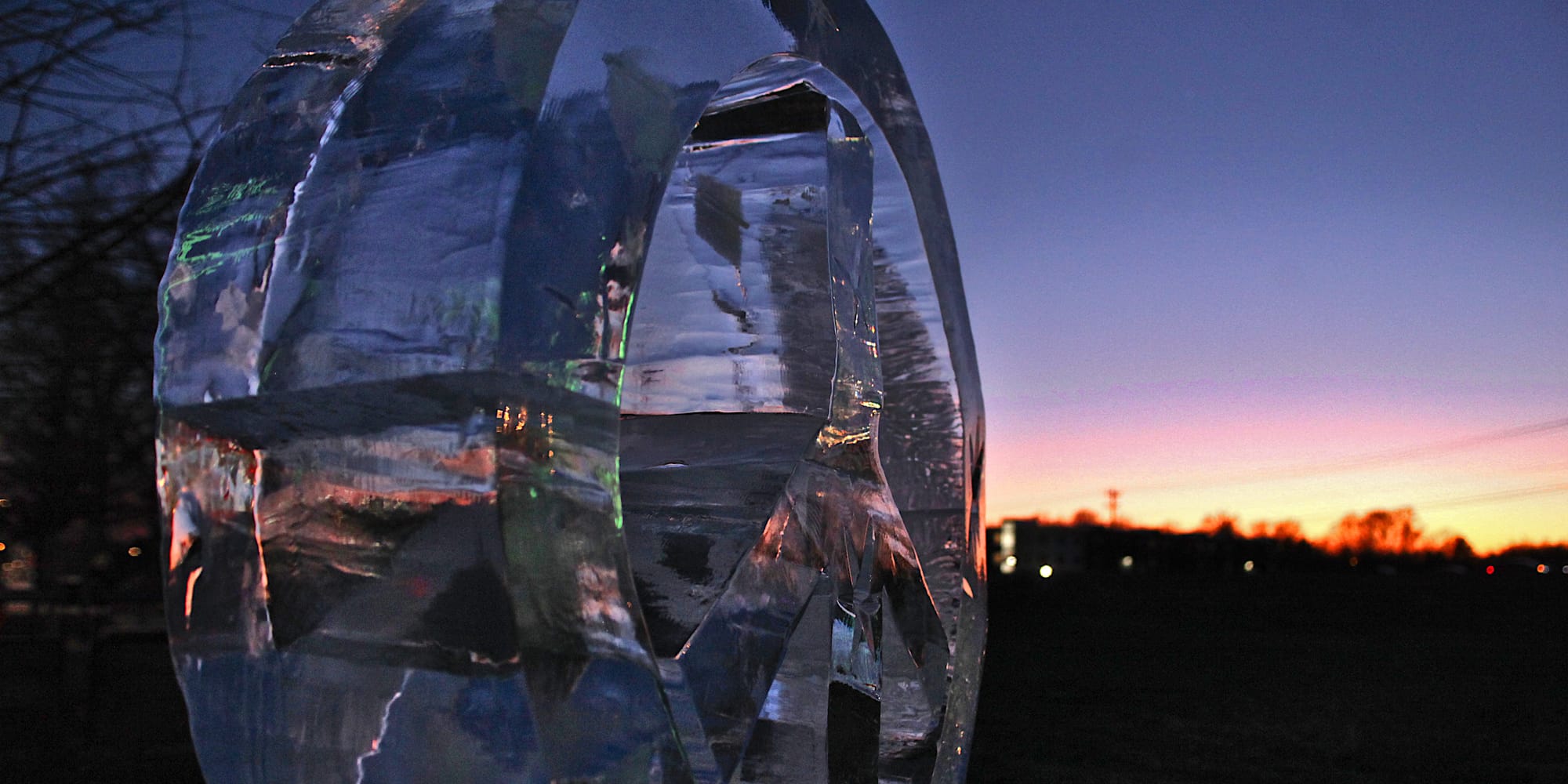
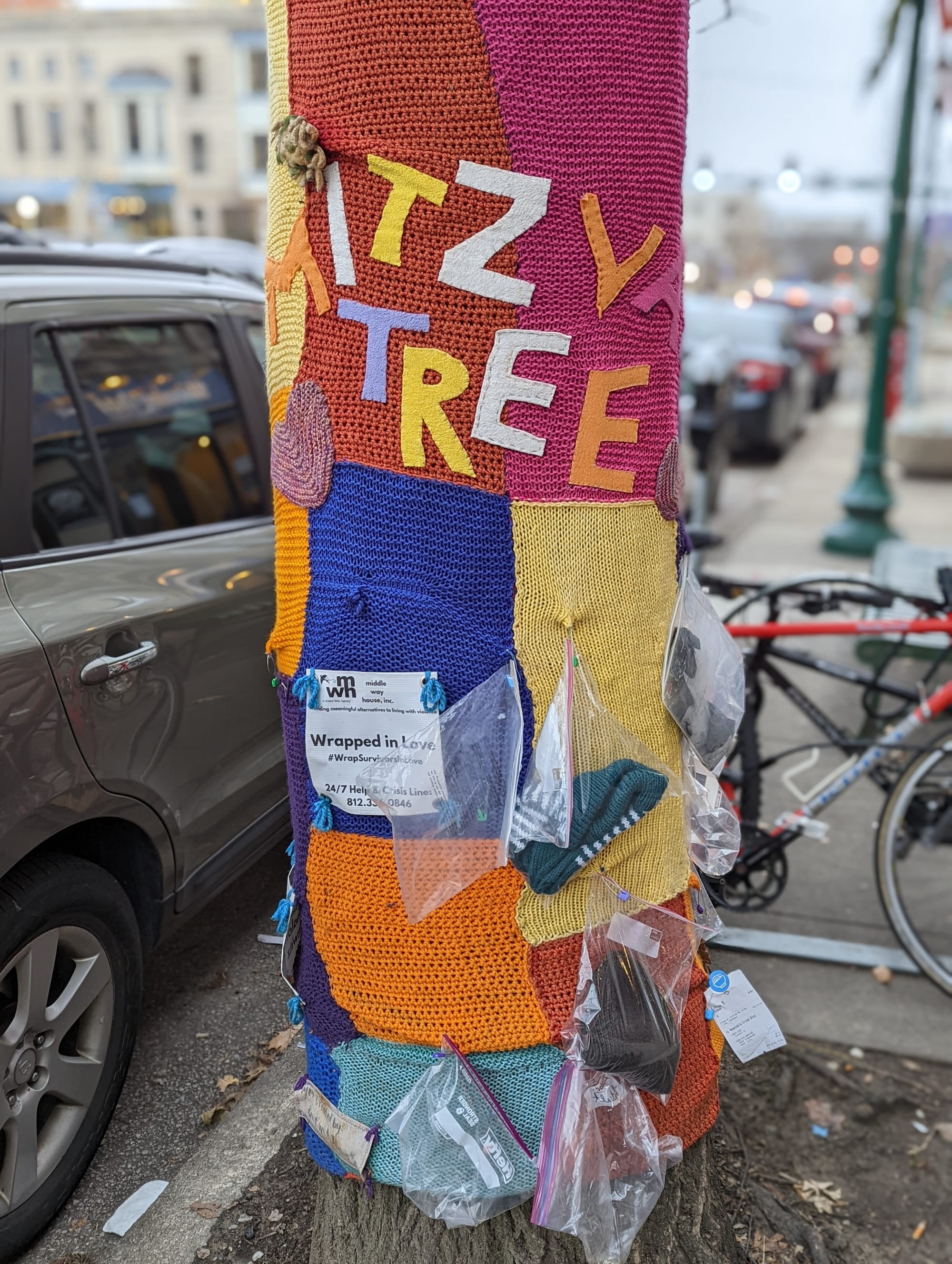
On Bloomington’s board of public works meeting agenda for this coming Tuesday (Dec. 20) is a new policy on installations of private art in the public right-of-way.
The policy would ban “speech”—which is defined under the policy to include letters, words, and other universally recognized symbols—for any private art installation that is expected to remain in place for longer than five days within the public right-of-way.
It was an Indiana University student’s proposed mural, with the words “All Lives Matter,” followed by Bloomington’s rejection of that mural, that led a federal judge to order the city to develop the new policy.
The preliminary injunction against Bloomington says that the city has to develop the policy and allow the student to apply for installation of his mural under the policy.
Would an “All Lives Matter” mural be in or out under the policy? What are the consequences of the policy for other local art installations?
Based on the policy’s prohibition against “speech” in “permanent” or “semi-permanent” art, it looks like an “All Lives Matter” street mural could be installed in the public right-of-way only as “temporary” art. That means such a mural could not be expected to persist longer than five days.
But the materials required by the policy for street murals might inherently lead to an expectation that a street mural installation would last longer than five days. The policy says whatever paint or other material is used to install the mural has to “provide a non-slip surface for pedestrians and must be street-grade.”
It’s possible that the policy contemplates readily available materials, for example, chalk-based media, that would meet the policy’s standard, but not be expected to stand up under the wear and tear of traffic for more than five days.
Possibly impacted by the prohibition against “speech” in “permanent” or “semi-permanent” art in the public right-of-way is Freezefest. That’s a week-long ice carving festival scheduled for January 15-22 in 2023. In connection with Freezefest, professional ice carvers create sculptures and put them on display, in locations that appear to be in the public right-of-way.
For the 2022 Freezefest, one of the sculptures was composed of big block letters that spelled out “Bloomington.” Another sculpture included the peace symbol—which likely counts as a “universally recognized symbol” under the policy, and would not be allowed, except as temporary art.
The Freezefest special events application for 2023 was pulled off the board of public works meeting agenda two weeks ago, while the new policy on art in the public right-of-way was being developed. Freezefest’s application appears on this Tuesday’s agenda.
It could be a point of conversation at Tuesday’s board of public works meeting: Would an ice carving be expected to last longer than five days in early January?
Another art installation that is already in place this year, is the annual Middle Way House “Wrapped in Love” display, which features knitted tree sweaters in Bloomington’s downtown. Middle Way House is a nonprofit that provided services for survivors of domestic abuse, sexual assault, stalking, and human trafficking.
The federal court’s order cites the 2021 approval by the board of public works of the “Wrapped in Love” special event—from Sept. 25, 2021 to March 1, 2022—as the kind of art installation for which the city was supposed to develop a policy.
The city’s proposed new policy covers art installations in connection with special events and with neighborhood improvement grants.
The “Wrapped in Love” installations this year include words like “Mitzvah Tree” and “A place of learning” and “Let love bloom.” A search by The B Square through the board of public works meeting agendas this year for the Middle Way House 2022 “Wrapped in Love” installation did not turn up any results.
If the city of Bloomington is still treating the Middle Way House “Wrapped in Love” as art that would be covered under the policy, then the words and the months-long time frame for the tree sweaters would appear to be inconsistent with the new policy.
It’s also not certain how the city’s legal department would apply the new policy in some other, hypothetical scenarios.
For example, the impact of the new policy on both “temporary” and “permanent” art would appear to preclude any art promoting participation in elections, say with an icon showing a hand inserting a ballot into a box. That’s because the policy states that art installations “may not depict activities, materials, images, or products that are not legally available to all ages.”
Voting is an activity that is not available to people under 18 years old. So an image depicting the act of voting would appear to be ruled out by the policy.
For “permanent” and “semi-permanent” art, the proposed policy clearly rules out letters, presumably from any alphabet—as a part of the definition of “speech.”
Does the prohibition against letters extend to American Sign Language (ASL) handshapes for the finger-spelled alphabet? The ASL handshape for “K” was featured in the “Black Lives Matter” mural that was installed on Eagleson Avenue in 2021.
It’s also not certain how the policy might apply to a series of still images depicting someone who is using ASL to convey a meaning like, “I love you.” If the policy were interpreted to preclude that kind of image series, then a series of images showing a sequence of the mouth shapes in the English phrase “I love you” would probably also have to be ruled out. Otherwise put, an image showing a series of mouth shapes used to make English words would themselves have to be analyzed as “letters” or “words.”
Bloomington’s board of public works is a three-person group. Their Tuesday (Dec. 20) meeting is set to start at 5:30 p.m. in the city council chambers at city hall.
The board’s usual habit is to hold a work session at noon on the Monday before a Tuesday meeting, to review items on the next day’s agenda. That’s the same pattern this coming week for the board’s Monday (Dec. 19) work session.




Comments ()